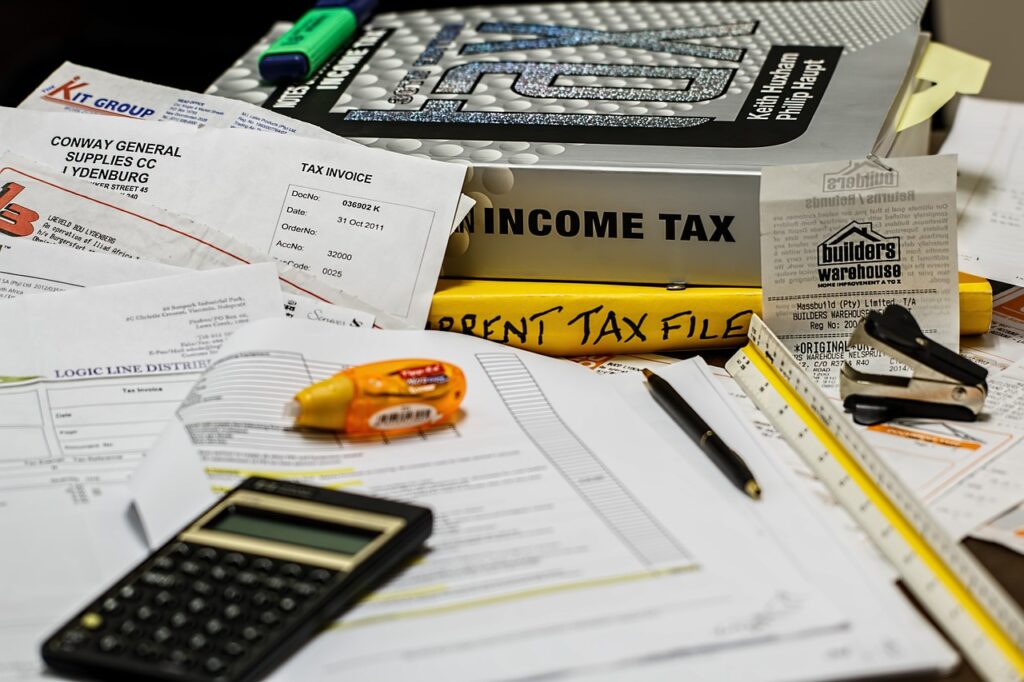HMRC making tax digital costs five times more than forecast, with repeated delays
NAO report raises serious concerns about MTD programme, including that HMRC omitted significant costs to customers from some key business case documents in seeking funding.
The National Audit Office’s new report Progress with Making Tax Digital is highly critical of HMRC’s ongoing programme to digitise the tax system. The cost of this programme is now some £1.3bn, which is an extraordinary £1bn more than the budget of £226m agreed in 2016.
The Making Tax Digital (MTD) programme was meant to modernise HMRC’s systems for three key business taxes – VAT, income tax self-assessment and corporation tax – while requiring business taxpayers to keep and submit quarterly digital tax records. By improving the system and cutting down on errors, the hope was to significantly raise tax revenues.
HMRC also intended to move its tax systems and records onto a modern tax management platform by 2020. This has still not been completed.
The NAO report concludes that HMRC’s 2016 plan was unrealistic, failing to assess the scale of work required. But that’s just the start of the report’s concerns.
In its May 2022 business case for the programme, HMRC forecast total net ongoing costs to taxpayers of some £900m over five years. The NAO reports that HMRC excluded from this figure significant upfront costs of £1.5bn to VAT and self-assessment customers in updating their own systems and obtaining tax advice. This would have shown a combined cost to government and customers of MTD for self-assessment that exceeded the forecast additional tax revenue.
What’s more, HMRC’s March 2023 business case omitted upfront costs to customers entirely.
In response, HMRC has said these omissions would not have resulted in different decisions being taken. But the NAO has further concerns.
It found that HMRC carried out very little testing on how MTD would work for self-assessment. HMRC optimistically forecast that more than 15,500 business taxpayers would join the pilot. In fact, some 1,000 taxpayers wanted to sign up – and most of these proved ineligible.
In the end, just 15 participants had signed up when the pilot was closed to new entrants.
HMRC has also not yet resolved design issues with the self-assessment system, including how to allow for multiple agents to represent taxpayers, handle jointly owned property or deal with changes in taxpayers’ circumstances.
MTD for self-assessment is now at least eight years behind schedule. This is the result of delays in delivering MTD for VAT, as well as the impact of Britain’s exit from the EU and the COVID-19 pandemic.
These problems have led to spiralling costs. HMRC itself now estimates that MTD for VAT cost some £295m – some £70m more than it originally thought MTD for all three taxes would cost. In mitigation, HMRC research indicates that MTD likely contributed to generating additional VAT of between £185m and £195m in 2019-20.
But of 17m tax records to be moved from HMRC’s costly legacy systems, just 3m have been moved so far, and dates have only been set for moving a further 1.6m.
Latest estimates from HMRC suggest the programme could still raise £3.9bn in additional tax by reducing taxpayer errors. The NAO concludes it could still provide a 2:1 return on investment.
It’s also been suggested that a further £1.6bn of tax revenue could be raised if the government decides to extend MTD for self-assessment to businesses with incomes between £10,000 and £30,000. The NAO warns that it could cost these businesses £1.2bn to comply with such a requirement – an average of £460 each, but with some self-employed businesses facing costs of almost £1,000.
In March this year, HMRC forecast remaining costs for MTD of £620. The NAO concludes that ensuring value for money depends on HMRC developing a more robust business case exploring the options for reducing costs, resolving questions over design and costs to customers, and rigorously managing delivery risks. It recommends a separate business case being made for MTD for self-assessment before further decisions are taken.
Gareth Davies, head of the NAO, says: ‘The repeated delays and rephasing of Making Tax Digital have undermined the programme’s credibility and increased its costs. They put at risk the support of taxpayers and delivery partners, including those who are essential to the programme succeeding.
‘Our audit identified the omission of significant costs from some business cases. It is obviously important that business cases for major programmes such as this contain all the relevant information to support decision-making.
‘HMRC’s plan to digitalise the tax system has the potential to improve the system’s efficiency and effectiveness. It has made some recent progress on VAT but it has not yet tackled the most complex elements of the programme and significant delivery risks remain.’
Earlier this year, the NAO reported on issues faced by the government in its digital transformation and outlined the requirements needed to address them.
Photo by StevePB














Leave a Reply